Driving in the wild can be a thrilling experience, but it is crucial to prioritize safety for both yourself and wildlife. Vehicle collisions with wildlife not only pose risks to human lives and property, but they also have a significant impact on wildlife populations. This article will explore the importance of protecting yourself and wildlife while driving, the risks involved, and the measures that can be taken to prevent and respond to wildlife collisions. By implementing defensive driving techniques and supporting safety measures, we can help reduce the number of wildlife-vehicle collisions and create a safer environment for all.
The importance of protecting yourself and wildlife while driving
Protecting yourself and wildlife while driving is of utmost importance for several reasons. Firstly, it ensures the safety of human lives by preventing accidents and injuries caused by collision with wildlife. Secondly, it plays a vital role in preserving wildlife populations, which are already under threat due to various factors. By being proactive and responsible drivers, we can minimize the risk of wildlife-vehicle collisions and contribute to a safer environment for both humans and animals.
The impact of vehicle collisions on wildlife populations
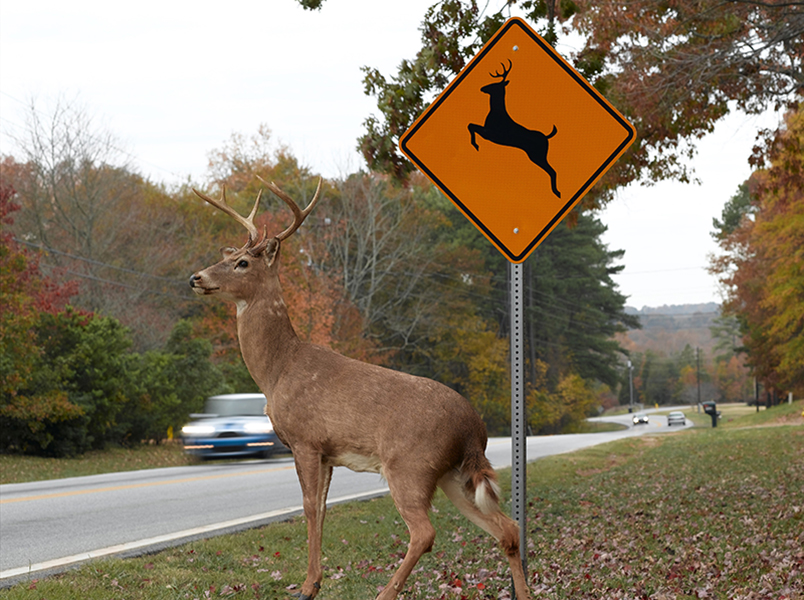
Vehicle collisions have a significant impact on wildlife populations. These collisions often result in severe injuries or fatalities for the animals involved, leading to a decline in their numbers. Furthermore, the loss of adult individuals can disrupt breeding cycles and reduce genetic diversity within populations. It is essential to address this issue to safeguard the long-term survival of vulnerable species and maintain ecosystem balance.
Understanding the Risks
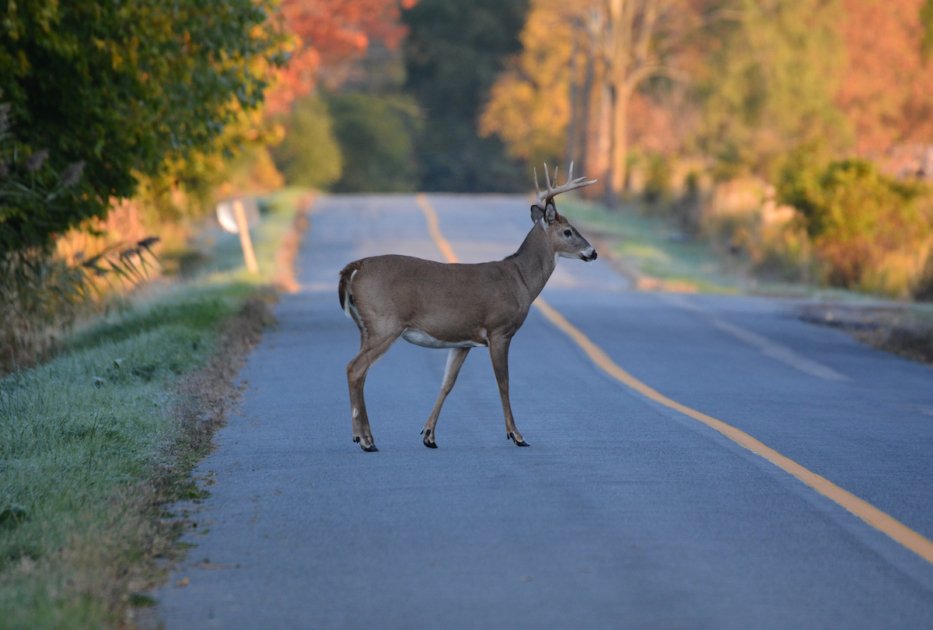
Understanding the Risks:
When driving in areas inhabited by wildlife, it is important to be aware of the risks associated with potential collisions. Common wildlife species encountered on the road include deer, elk, moose, and smaller mammals such as raccoons and foxes. Factors that increase the risk of collisions with wildlife include driving during dusk and dawn when animals are more active, driving in areas with known wildlife populations, and speeding. Being aware of these risks can help drivers take appropriate precautions to protect themselves and wildlife.
Common wildlife species encountered on the road
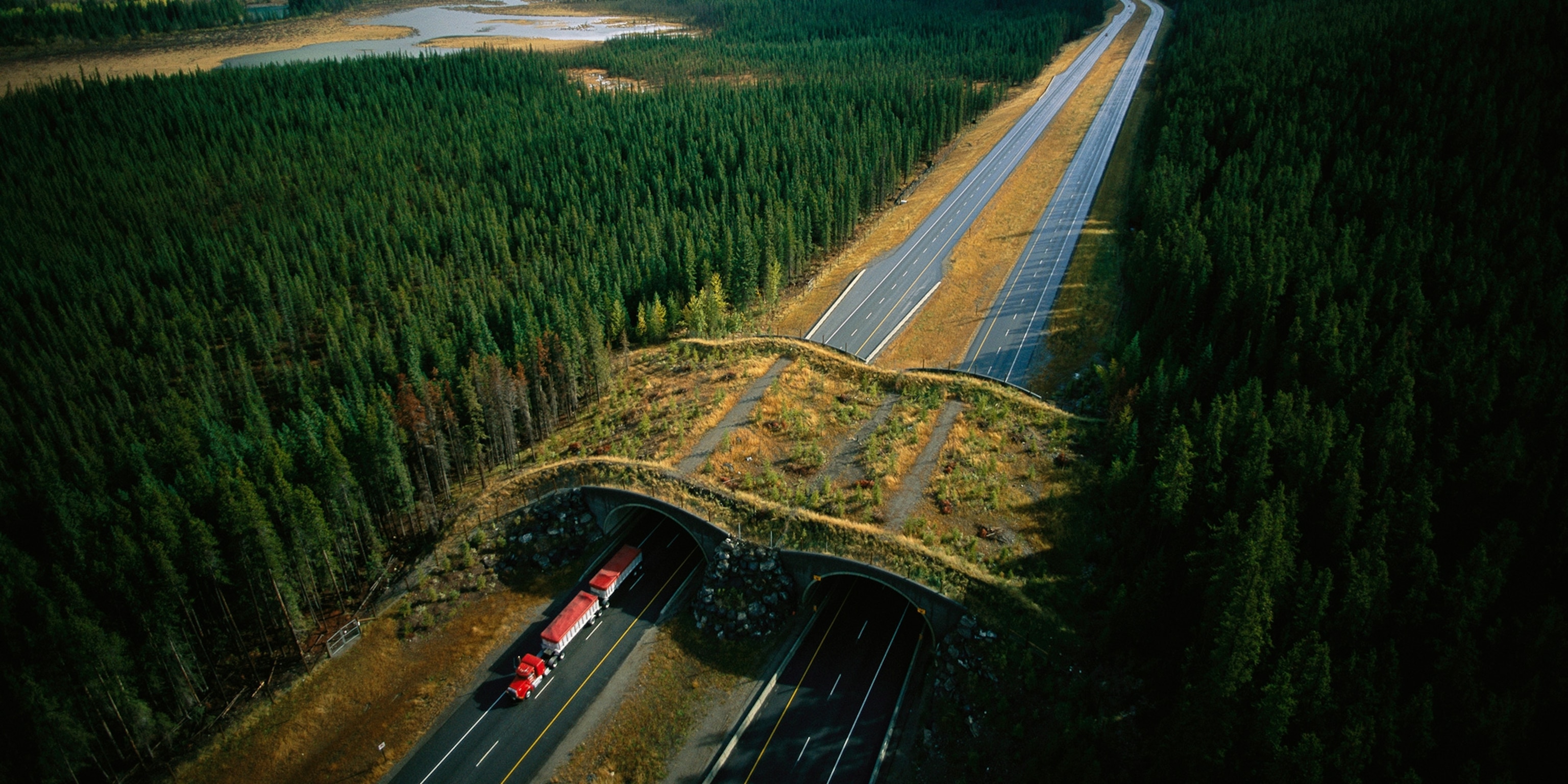
Deer, elk, moose, raccoons, and foxes are some of the common wildlife species encountered on the road. These animals can often be found near forested areas and are known to wander onto roads, particularly during dawn and dusk. Drivers need to be cautious and vigilant to avoid colliding with these animals, as these collisions can result in serious injuries or fatalities, not only for the wildlife but also for the drivers and passengers.
Factors that increase the risk of collisions with wildlife

Factors that increase the risk of collisions with wildlife include speeding, especially on roads that pass through wildlife habitats. Driving at night also increases the likelihood of encountering wildlife on the road, as many species are more active during these hours. Additionally, distracted driving, such as using cell phones or eating while driving, reduces a driver's ability to recognize and react to wildlife in time. It is important for drivers to be aware of these factors and take appropriate precautions to reduce the risk of collisions.
Defensive Driving Techniques

Defensive driving techniques are crucial in reducing the risk of collisions with wildlife. Maintaining a safe and cautious speed allows drivers more time to react to unexpected encounters. Enhancing visibility and awareness by keeping headlights on, especially during dawn and dusk when animals are most active, can help spot wildlife in advance. Drivers should also be prepared for sudden maneuvers and avoid swerving, as it may result in losing control of the vehicle.
Maintaining a safe and cautious speed
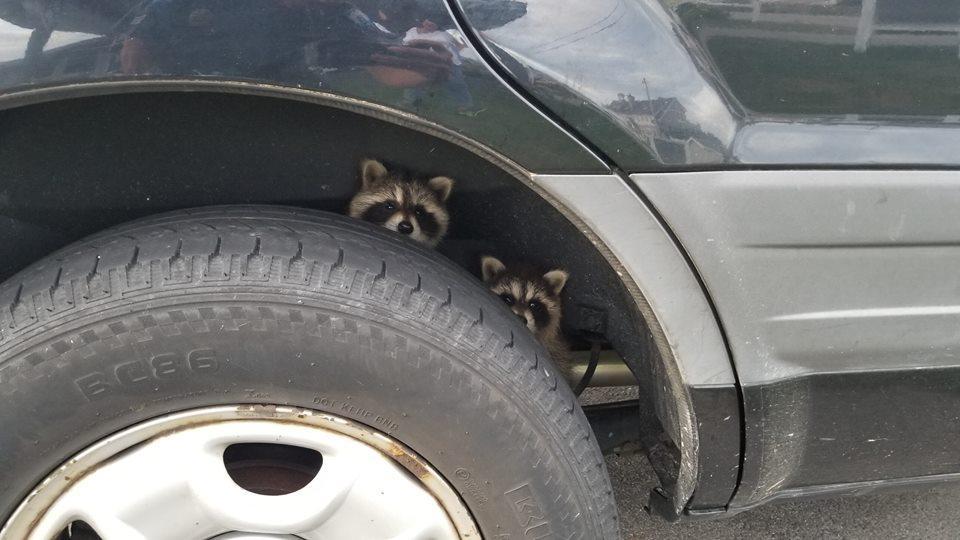
Maintaining a safe and cautious speed is crucial in reducing the risk of collisions with wildlife. By driving at a reasonable speed, drivers have more time to react to unexpected encounters and can safely maneuver their vehicles. It is important to adhere to speed limits and adjust your speed based on road conditions and visibility, especially in areas known for wildlife presence. Being alert and driving at an appropriate speed can greatly minimize the risk of wildlife collisions.
Enhancing visibility and awareness
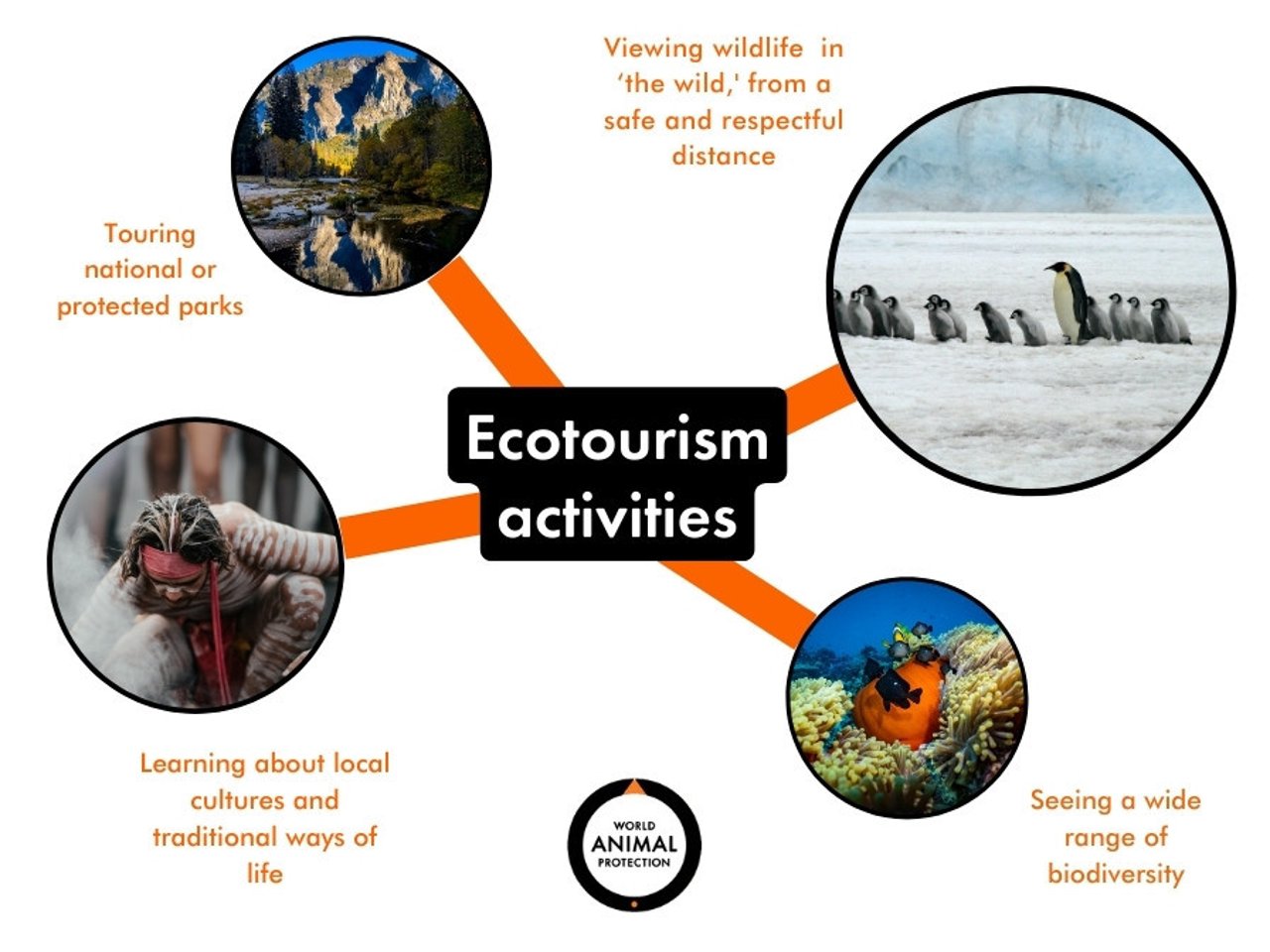
Enhancing visibility and awareness is crucial in reducing the risk of wildlife collisions while driving. Drivers can improve their visibility by keeping their headlights on, especially during low-light conditions or areas known for wildlife activity. Additionally, being vigilant and scanning the road ahead can help detect any wildlife movement. It is also important to be cautious when passing through areas with dense vegetation or when driving during dawn or dusk, as these are times when wildlife is most active. By enhancing visibility and staying alert, drivers can increase their chances of avoiding wildlife collisions.
Implementing Safety Measures

Implementing safety measures is crucial in reducing the risk of wildlife collisions on the road. One effective approach is installing wildlife reflectors and deterrent devices, such as deer whistles or reflector tape, which can help alert wildlife to the presence of vehicles. Another important strategy is creating dedicated wildlife crossings and corridors, providing safe passages for wildlife to migrate across roads. These measures contribute to a safer environment for both drivers and wildlife, minimizing the potential for dangerous collisions.
Installing wildlife reflectors and deterrent devices

Installing wildlife reflectors and deterrent devices is an effective way to reduce the risk of wildlife collisions on the road. Wildlife reflectors, such as reflector tape or deer whistles, help alert wildlife to the presence of vehicles by reflecting light and emitting sounds that can steer them away. These simple yet effective devices serve as a visual and auditory warning system, creating a safer environment for both drivers and wildlife.
Creating dedicated wildlife crossings and corridors

Creating dedicated wildlife crossings and corridors is a proactive approach to minimize the risk of wildlife-vehicle collisions. These designated areas provide safe passages for wildlife to cross roads, highways, and other transportation routes. By building wildlife bridges or tunnels, we can protect both wildlife and drivers. These structures enable animals to move freely and reduce their reliance on dangerous road crossings. It is essential for transportation agencies and conservation organizations to collaborate and identify key areas where these crossings and corridors can be implemented effectively.
Reporting and Responding to Wildlife Collisions

When encountering a wildlife collision, it is crucial to take immediate action and report the incident to local authorities or wildlife agencies. This information helps researchers and conservationists understand the frequency and locations of these collisions and develop strategies to mitigate the risks. If the injured animal requires assistance, contacting wildlife rescue and rehabilitation organizations is vital for its well-being. By promptly reporting and responding to wildlife collisions, we can contribute to efforts aimed at reducing these accidents and protecting both human and animal lives.
What to do if you encounter a wildlife collision

If you encounter a wildlife collision, it is crucial to prioritize your safety and the safety of others. Follow these steps:
- Move your vehicle to a safe location, if possible, and turn on hazard lights.
- Stay in your vehicle and avoid approaching the injured animal.
- Contact local authorities or wildlife agencies to report the incident.
- If the animal is blocking the road and it is safe to do so, provide a warning to other drivers.
- Do not attempt to handle or rescue the injured animal yourself, as it may be dangerous or illegal.
By following these guidelines, you can ensure your own safety and contribute to the appropriate handling of wildlife collisions.
The role of wildlife rescue and rehabilitation organizations

Wildlife rescue and rehabilitation organizations play a crucial role in responding to wildlife collisions. These organizations are trained and equipped to provide emergency care to injured animals, with the goal of rehabilitating them and releasing them back into their natural habitat. They work closely with local authorities and veterinary professionals to ensure the best possible outcomes for injured wildlife. By supporting and collaborating with these organizations, we can help protect and conserve wildlife populations affected by vehicle collisions.
Educating Others

Spreading awareness about wildlife-vehicle collisions is crucial for protecting both humans and wildlife. By sharing information through social media, community workshops, and educational campaigns, individuals can help others understand the risks and importance of responsible driving in wildlife habitats. Promoting road safety education, including the proper response to wildlife collisions, can further reduce the negative impacts on wildlife populations and inspire responsible driving habits. Together, we can make a significant difference in safeguarding our natural environment and its inhabitants.
Spreading awareness about wildlife-vehicle collisions

Spreading awareness about wildlife-vehicle collisions is crucial for protecting both humans and wildlife. By sharing information through social media, community workshops, and educational campaigns, individuals can help others understand the risks and importance of responsible driving in wildlife habitats. Promoting road safety education, including the proper response to wildlife collisions, can further reduce the negative impacts on wildlife populations and inspire responsible driving habits. Together, we can make a significant difference in safeguarding our natural environment and its inhabitants.
Promoting responsible driving habits and road safety education

Promoting responsible driving habits and road safety education plays a crucial role in reducing wildlife-vehicle collisions. By providing information about the risks of driving in wildlife habitats and the proper response to wildlife encounters, individuals can make informed decisions on the road. Community workshops, educational campaigns, and social media platforms can be utilized to spread awareness and encourage responsible driving behaviors. Together, we can create a safer environment for both humans and wildlife.